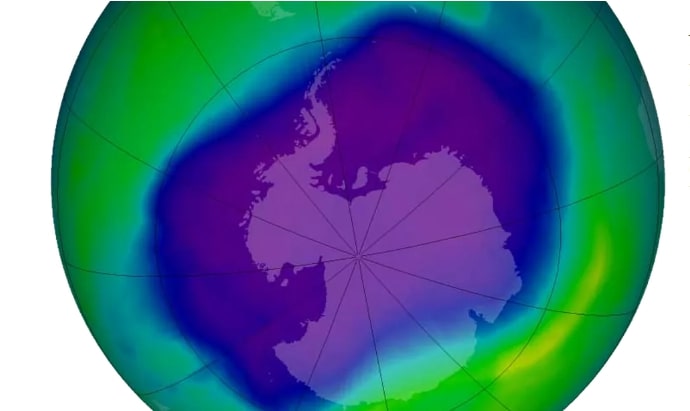While scientists previously claimed that the earth’s ozone layer will manage a full recovery by 2050, this shouldn’t be taken for granted.
Dr. Jonathan Shanklin, one of the first scientists to document the ozone’s annual thinning back in the 1980s is sounding alarm bells to stay vigilant. The ozone’s hole above Antarctica has been the smallest recorded in three decades.
While Dr. Shanklin says it’s a welcome change, he also adds that it shouldn’t be seen as progress. The better condition of the protective gaseous layer is due to sudden warming at high altitudes, something that occasionally happens as per the BBC.
The warming has worked to curb the chemical reactions that have detrimental effects on the ozone 15-30 kilometers above the earth.
Speaking to BBC News, Dr. Shanklin says:
“To see whether international treaties are working or not, you need to look at the long term.”
“A quick glance this year might lead you to think we’ve fixed the ozone hole. We haven’t. And although things are improving, there are still some countries out there who are manufacturing chlorofluorocarbons (CFCs), the chemicals that have been responsible for the problem. We cannot be complacent,” he added.
Dr. Shanklin and his colleagues Brian Gardiner and Joe Farman first broke the troubling news of the ozone’s destruction back in 1985. At the time, they found that a deep thinning was happening in the protective layer above the White Continent every spring.
The earth’s ozone layer is our protection against the Sun’s harmful ultraviolet rays.

